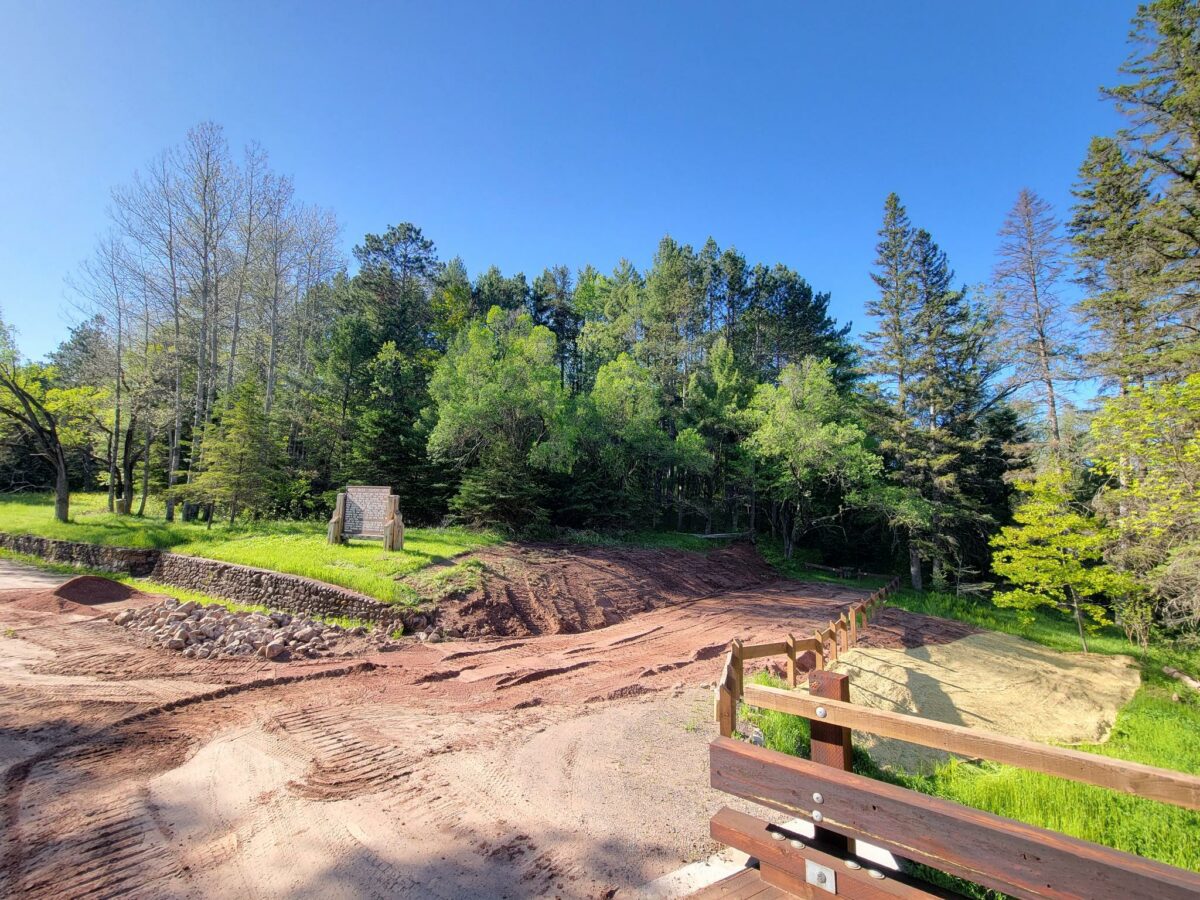
Blog
The 7 Key Components of the Excavation Process
What all actually goes into the excavation process? Beyond the actual digging, there are many other steps required to make the project successful. In this blog, we’ll break down the 7 key components so you know what to expect when you begin your basement addition or long-awaited pool installation.
Why Excavation is Crucial
Excavation is a crucial step in many home remodeling projects. Although you might not immediately think of excavation when imagining the construction process, it can make or break the success of your build. Without proper excavation, you risk unstable foundations, structural issues, and even safety hazards. It's the first step to ensuring that your project stands the test of time.
Why Might You Need to Excavate?
Excavation is needed for a wide array of home remodeling and construction projects. You may need to excavate if you plan on:
- Adding a basement
- Building a swimming pool
- Installing a septic system
- Laying foundations
- Undergoing a landscaping project; such as adding a pond, creating terraces, or reshaping your yard
- Installing utilities
Recommended Reading: Understanding Different Types of Excavation

The 7 Steps of the Excavation Process
1. Site Preparation
The excavation process begins with site preparation, which includes several important steps. First, a thorough site survey is conducted to evaluate the terrain and identify any potential issues. Based on this survey, a detailed site design is developed to ensure the construction plan makes the best use of the space.
Next, the site is cleared of trees, stumps, and other vegetation to remove any obstructions, and the topsoil is stripped away. Depending on the project's needs, this soil is either stored on-site for later use or disposed of. This step ensures that the ground is level and stable, providing a solid foundation for construction.
Finally, drainage and water management systems are installed. These systems are crucial for preventing water accumulation and maintaining site stability throughout the construction process. Each of these steps is essential for setting the stage for successful excavation and construction.
2. Actual Excavation
Home excavation involves using heavy machinery like excavators, bulldozers, backhoes, graders, and dump trucks to dig up and remove soil, rocks, and other materials. This process creates a level base for the foundation, which is crucial to support the entire structure's weight and prevent future settling. The depth and scope of digging vary depending on the type of project, and excavation teams use detailed plans to determine the required depth and extent of the digging. The process also includes shoring and bracing techniques to prevent cave-ins and ensure worker safety. Key concerns during excavation include water drainage and soil stability, which may necessitate additional measures like retaining walls or drainage systems to ensure long-term stability.
Once excavation is complete, the next steps often include laying the foundation and hauling aggregates for the driveway, if applicable.
3. Inspections
While formal inspections may not be required for residential excavation, KV Build conducts multiple inspections throughout the entire process, from the first step to the final touches. This ensures that the excavation meets all safety and quality standards.
4. Compaction
Compaction is a critical, yet often overlooked, step in home excavation. It involves compacting the soil to achieve at least 95% of its original density, which minimizes settling and prevents erosion. This ensures a stable foundation for any construction project.
Proper compaction is crucial whether you're filling under a garage slab or any other area. It prevents movement and eliminates issues such as dips in the ground that can appear if it's not done correctly.

5. Utilities and Drainage
The next step is to install utilities and drainage systems. Once the main groundwork is complete, water, gas, and electric lines can be placed. Proper drainage systems are also crucial to prevent water from accumulating around the structure, which can damage the foundation. Addressing both utilities and drainage at this stage helps ensure the building's stability and functionality in the long run.
6. Paving
If the project involves roadways or parking lots, paving is the next step. Asphalt or concrete is laid over the compacted base to create a smooth, durable surface.
7. Landscaping and Cleanup
The final step in the excavation process is landscaping and cleanup. Landscaping can include adding topsoil, planting grass, and introducing other greenery to enhance the aesthetic appeal of the area. This step not only improves the visual charm of the site but also helps in stabilizing the soil and preventing erosion. Cleanup, on the other hand, focuses on carefully clearing all waste materials and making sure that the area is in pristine condition, and ready for further development or use.
We Make The Excavation Process Easy
Knowing the steps involved in the excavation process can help you better understand and manage your construction project. From site preparation to final landscaping, each step is crucial for the overall success and longevity of your build.
To chat about what your excavation would entail, or to learn more about KV Build, please contact us.

Contact us
Let’s discuss your project.
KV Build is a full-service new construction, renovation, insulation and excavation contractor specializing in whole-home projects throughout Northern Wisconsin. Tell us about your project. We’re eager to be of service.
